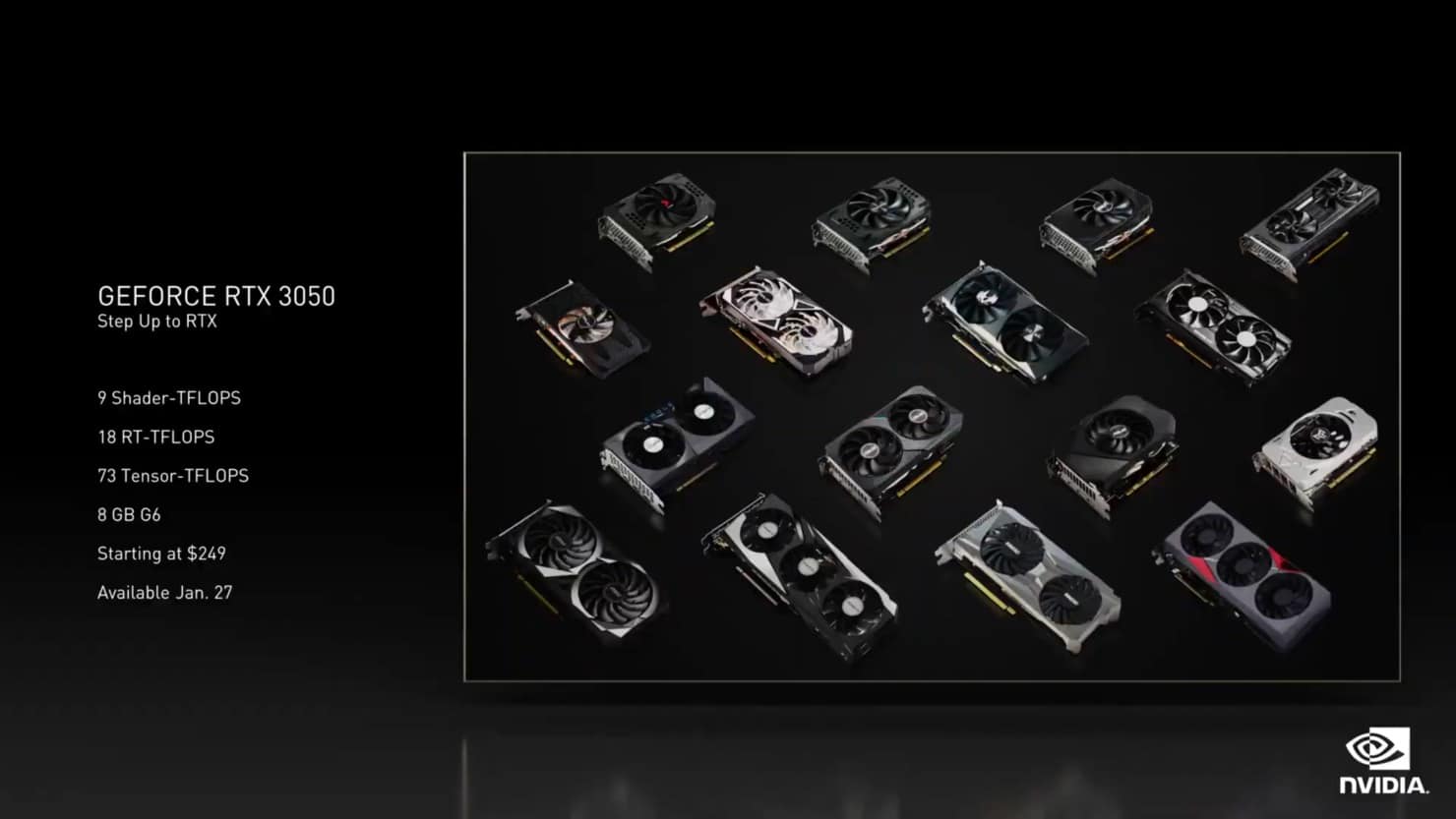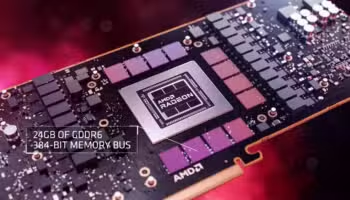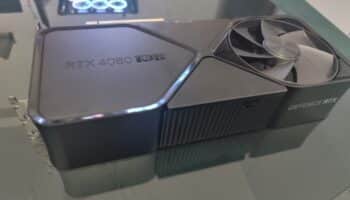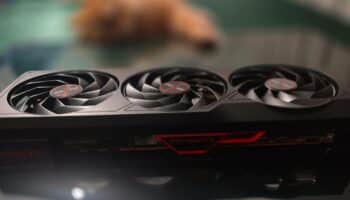NVIDIA’s next-gen GeForce RTX 40 series graphics cards (codenamed Ada Lovelace) will be launching by September. This was confirmed by reputed tipster Greymon55 the other day. In line with previous GeForce launches, the RTX 4090/4080 and possibly the RTX 4070 will land in August or September, followed by the RTX 4060 sometime in the holiday season. Strangely though, the chiplet-based GH202 GPUs have been pushed to 2024, indicating that they’ll power the RTX 50 series lineup.
In contrast to previous rumors, this indicates that the next-generation of consumer and HPC GPUs will both be powered by the Lovelace microarchitecture, and fabbed on TSMC’s 5nm EUV process node.
For the Ada Lovelace-based GeForce RTX 4080 and 4090, we’re looking at twice as much performance as the contemporary Ampere parts, with an FP32 core count of up to 18,432. The AD102 flagship is rumored to feature 144 SMs distributed across 12 GPCs. That results in a 71% gain in raw compute performance (66 TFLOPs) over the GA102. Add to that the fact that Team Green is leveraging TSMC’s advanced N5 process node for Lovelace, and the resulting frequency boost should net a ~2.2x gain over the RTX 3090.
The bus width of the RTX 4080 and 4090 should be the same as their predecessors (384-bit and 320-bit), paired with faster GDDR6X chips, resulting in even higher memory bandwidth. The RTX 4090 should pack up to 24GB of GDDR6X memory, and clock speeds rivaling the Navi 31 parts (2.3-2.5GHz). As for the overall performance throughput, we’re looking at around 90 TFLOPs of FP32 performance, a big step up over the 3090’s 36 TFLOPs.
If the AD102 includes a total of 18,432 cores, we can expect roughly 16,000 cores on the RTX 4080 and 18,000 on the RTX 4090. According to Greymon and Kopitekimi, the RTX 4080/4090 will draw as much as 600W of power under load. This is despite the use of one of the most advanced and efficient process nodes on the planet. However, running the numbers kind of adds up.
The AD102 flagship is expected to feature 144 SMs/12 GPCs, a gain of 71% in terms of logic compared to the GA102. Even if TSMC’s N5 node is 30% more power-efficient than Samsung’s 8nm LPP node, we’re looking at an increase of at least 80% in hardware units. That should easily result in a power draw at least 30-50% more than the top-end RTX 3080/3090 Ampere offerings.

 AMD Radeon RX 9900 XTX to Feature 18432 Cores/288 CUs: Replaces the Shelved 8900 XTX
AMD Radeon RX 9900 XTX to Feature 18432 Cores/288 CUs: Replaces the Shelved 8900 XTX AMD Radeon RX 8900 XTX Specs: 13000+ Cores for the Cancelled RDNA 4 Flagship
AMD Radeon RX 8900 XTX Specs: 13000+ Cores for the Cancelled RDNA 4 Flagship NVIDIA RTX 4080 vs 4080 Super vs 4090: 34 Benchmark Comparisons
NVIDIA RTX 4080 vs 4080 Super vs 4090: 34 Benchmark Comparisons Sapphire Pulse Radeon RX 7900 GRE Review: AMD’s Best in Action
Sapphire Pulse Radeon RX 7900 GRE Review: AMD’s Best in Action